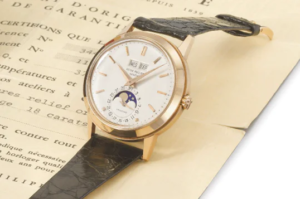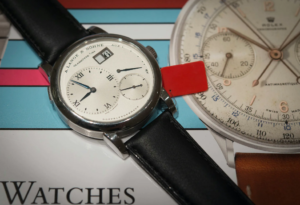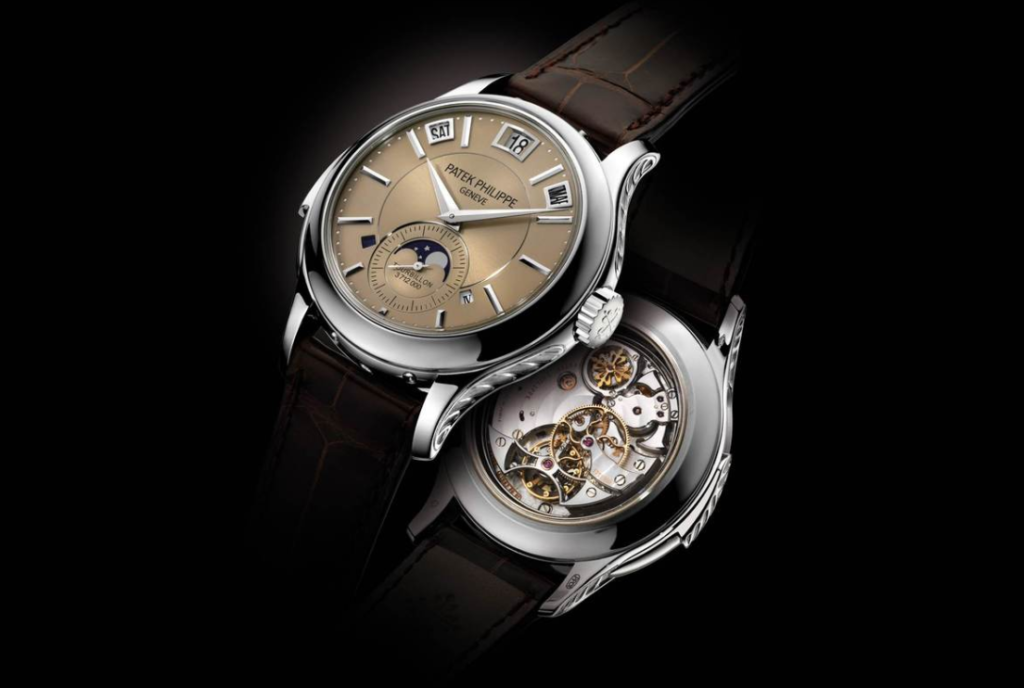
Did you know that the replica watches perpetual calendar was invented by Breguet and that in 2008 Patek Phlippe with the Ref. 5207 presented a masterly instantaneous interpretation of this complication?
What is a perpetual calendar in a clock? In watchmaking, the “perpetual calendar” identifies a special calendar mechanism that allows the watch to show the exact date “perpetually” taking into account the different lengths of all months, including that of February which, as is known, varies according to the leap year cycle.
To go deeper we will examine this wonderful testimony of sophisticated micromechanics seen through the eyes of Patek Philippe, which has always been a demonstration of excellence of this refined complication.
The basics
Over 500 years ago the man was completely indifferent to the possibility of knowing the time at a precise moment of the day, but it went “getting worse” up to the present day where devices such as smartphones and smartwatches are there ready to shouting to you as often as you want not only what time it is but also what you have to do.
The watches from 1500 onwards already had a mechanism capable of providing the date, day and month and of course also the time which at the time measured in a very inaccurate manner: the first timepieces, among other things, did not even contemplate the possibility of read the minutes.
In a clock with a date, the months are all the same, all of 31 days.
Obviously, considering a continuous operation without stops in a year, in which the months can be 28, 29, 30 and 31 days, it will be necessary to correct it five times. The first day of March, May, July, October and December.
The genius and the solution
Fed up and perhaps even a little outraged by this situation Abraham-Louis Breguet – putative father of the perpetual calendar – invented a series of additional mechanical devices capable of making those adjustments automatically.
Breguet’s solution worked perfectly, but irony comes into play.
In his day the Julian calendar was in force – when not for 13 years even the revolutionary calendar (calendrier révolutionnaire français or calendrier républicain français).
The Julian calendar did not provide for the cancellation of leap years at the end of the third of four centuries, therefore in fact the Breguet calendar was not “perpetual” in the correct sense of the term because it required adjustment every 400 years.
Obviously it was not his fault, but the unit of measurement to which he referred! If at the time Breguet in his calculations had adopted the Gregorian calendar, his, it would have been a true perpetual. Irony aside Abraham Louis Breguet is the inventor of this fantastic complication.
But there is also a mechanical watch that solves these exceptions: it has a centuries-old calendar on board but this is outside the subject of this article.
If you want to get a brief overview of the evolution of the various calendars in history, read the first paragraphs of this article on the Glashütte Original Senator that I wrote over 10 years ago.
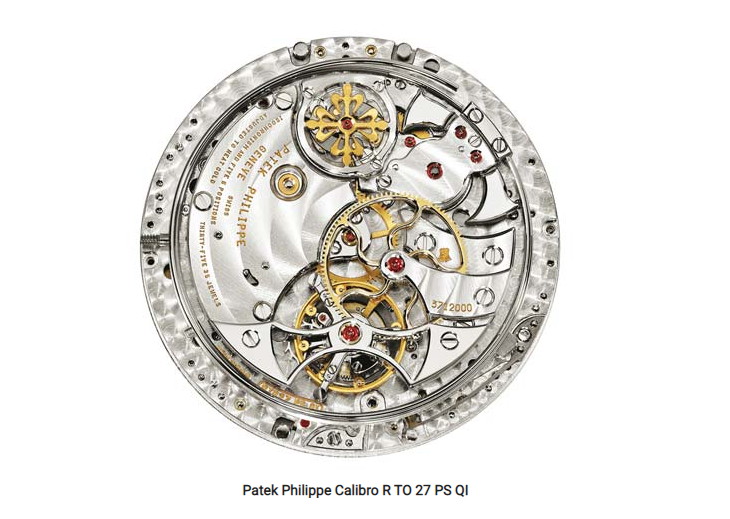
From solution to poetry
There is not a single true fan of mechanical watches who does not dream of having a perpetual calendar, because he knows that inside that case there is something very complicated and therefore very mysterious.
So why not talk about Patek Philippe’s magical Ref. 5207 presented at Baselworld 2008 as a masterful interpretation of the subject?
In reality it is a Grand Complications because it includes – just to exaggerate – also a minute repeater and a hidden tourbillon (as it is written in ancient watchmaking traditions), which however – with respect – I will leave out in this post.

Behind a very minimalist aesthetic aspect there is a perpetual calendar, instantaneous in all its functions.
Now I will try to describe it in depth. At a certain point I will insert the documentation supplied to me at the time by the Patek Philippe press office, because it could not be better explained.
Premise: Many perpetual calendars require from less than half an hour to a few hours to modify all their indications. The real test is done at midnight on February 28th: the date disk must advance by four days to reach March 1st. It is to make it happen that all master watchmakers sweat seven shirts.
Among other things, being a leap year, 2020 foresees a month of February of 29 days.
The Patek Philippe 5207 perpetual calendar module alone is made up of 212 elements and the Maison’s technicians managed after hard work to ensure that at midnight the records indicating the day, date, month and leap year were capable – if the moment required it – to move forward simultaneously.
It is an independent module as it can be inserted in one of the existing mechanical movements.
However, everything is traced with a lot of order since its initials: the Caliber of 5207 is the R TO 27 PS QI and tells us that R stands for minute repeater, TO for tourbillon, 27 mm is the diameter, PS stands for small seconds and the last two letters IQ, Quantième (calendar) Instant.
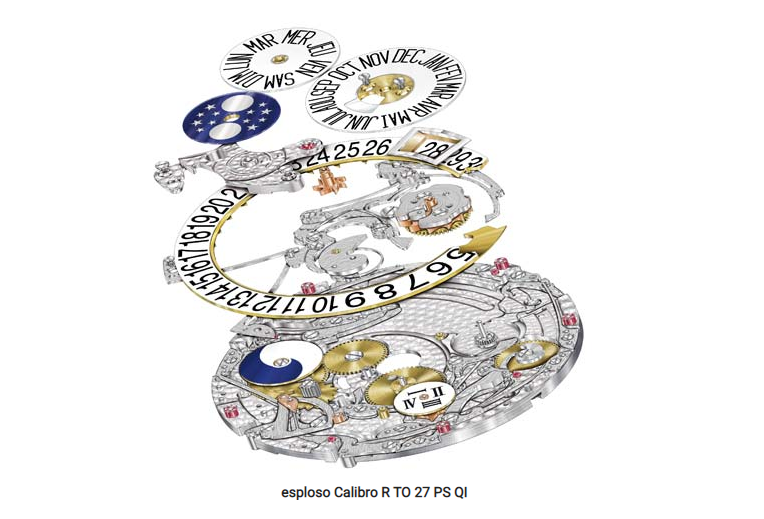
The strength: wanting to make the perpetual calendar perform all these functions instantly – let’s not forget also about the other complications – unthinkable and Patek energy would fake Patek Philippe have been necessary and they thought to complicate life even more by imposing themselves – by specifications – that the shots instantaneous should also have occurred in the presence of a residual power reserve of just two and a half hours. Last but not least the constructive nature of the 5207 provides not thin hands, but much heavier disks to move.
The answer: a 425 mm long spring wrapped in a barrel of less than 10 mm, to be exact 9.18 mm, which guarantees a power reserve – using all functions – of approximately 48 hours: a test of great capacity design, global rational arrangement of the components and solutions adopted. As befits in mechanically very complicated cases like this it is a manual winding movement.
Explanation Patek Philippe
The first of the two patented innovations concerns the activation of the calendar indications by means of a large pan.
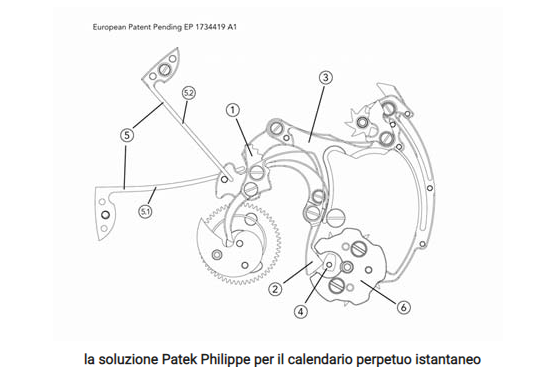
The large action platform is controlled by a four-pin rake (1) which, working together with a month lever (2), positions the annual programming cam, which is itself connected to other switching cams via articulated arms, and controls the change collective and instantaneous records of the date, day, month and leap year. This complex operation explains the unusual and complicated shape of this large bascule (3), made up of fifteen single components, some of which are mobile. It allows the collective and instantaneous activation of the calendar indications. The annual schedule is based on a four-year cam (4), satellite of the cam of the months (6).
The second patented innovation concerns the complex daily updating of the calendar indications. At the end of the 31-day months, the 31-tooth date disk must advance one day, but two days if the month is 30 days.
If the year is a leap year, the disc must skip replica watches uk three days to go from February 29 to March 1.
In non leap years, the calendar must skip four days to go from February 28 to March 1.

